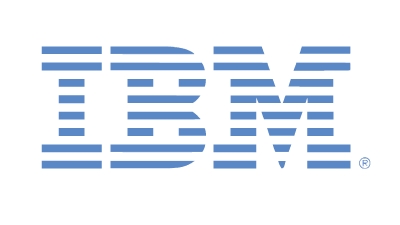What To Know Before You 'Productize' Software
Submitted by Heather Clancy on

Another thing you'll need to worry about: putting someone in charge of getting up-to-speed on requirements associated with distributing applications on public forums like AppExchange. Those will center on security, packaging, and testing. Acumen leaves wiggle room for one round of potential change when it submits something; the entire approval process can take at least a couple of months.
Seek A Broader Audience Than Your Traditional Cilents
The approach taken by enterprise cloud solution provider Trace3 in Irvine, Calif., was slightly different than the one advocated by Acumen. After it created a portal to help its own customers share ideas, the Trace3 management team realized the platform had a broader appeal for CIOs and IT executives. So, it spun out the software into a new organization (Portal of Pain) to separate its evolution from Trace3's other business priorities. "This is a way for executives to have conversations with the people in their organizations, driving engagement around change," said Hayes Drumwright, CEO of Trace3 and founder of the spinout company.
The tool, called PoPin, builds on the crowdsourcing model to help gather and share feedback that could be useful for broad business transformation initiatives—not just those involving IT processes, which was the original focus. The results can be anonymous, which helps eliminate bias that could filter out otherwise useful ideas. One user is Red Robin Gourmet Burgers, which leverages the platform across 400 restaurants to surface best practices. "The key to this is that you don't want to do this around things that are trivial," Drumwright said.
While other technology solution providers could become a sales channel, Drumwright thinks Portal of Pain could find a place as a tool for broader management consulting companies, another reason for the spinout. "You really have to have a consultative approach," he said.
Button Down Your Processes and Procedures
Once you have something repeatable to sell, who should help you sell it and how should you train those partners? Tribridge, an IT services company that created a series of industry-specific methodologies for moving applications into a private cloud infrastructure, started accepting applications in mid-July for a formal program that helps other partners do the same. Before doing so, however, it made sure its own processes were well-defined and it consulted with a company that has plenty of experience in building channel programs, Microsoft.
"We view cloud enablement as a total business transformation that requires a shift in how you approach all facets of the organization," said Greg Pierce, vice president of Tribridge's Concerto Cloud Services, commenting about the motivation for the new channel program.
"We invested millions of dollars in building the highest-quality cloud infrastructure so that software companies don't have to. Whether a partner has yet to move to the cloud or their experience thus far has been challenging, we've bundled best practices, lessons learned and business requirements gleaned for more than four years to help other organizations rapidly accelerate to the cloud."
The focus of the Tribridge program is on enabling developers and solution providers to deliver their applications through a cloud platform. Participants get help with in-depth technical architecture evaluations, operational planning, system optimization, deployment considerations, sales collateral and consulting around the appropriate licensing or financial approach. As of early August, the Concerto team was in the process of onboarding at least a dozen companies, Pierce said. "We help you understand what it looks like to sell a cloud-first solution," he said.






